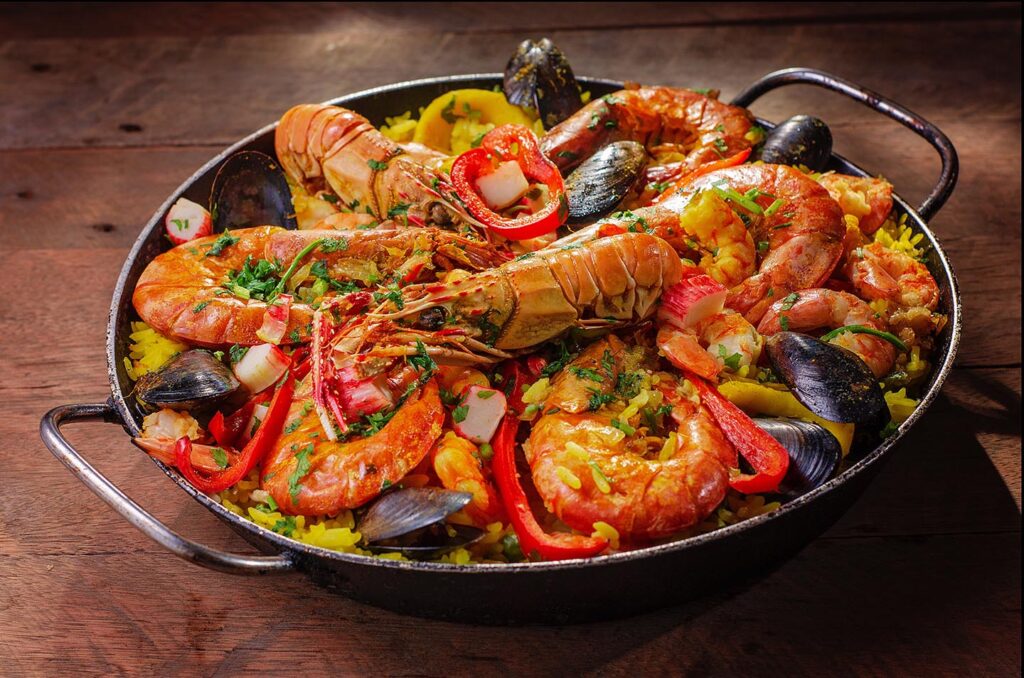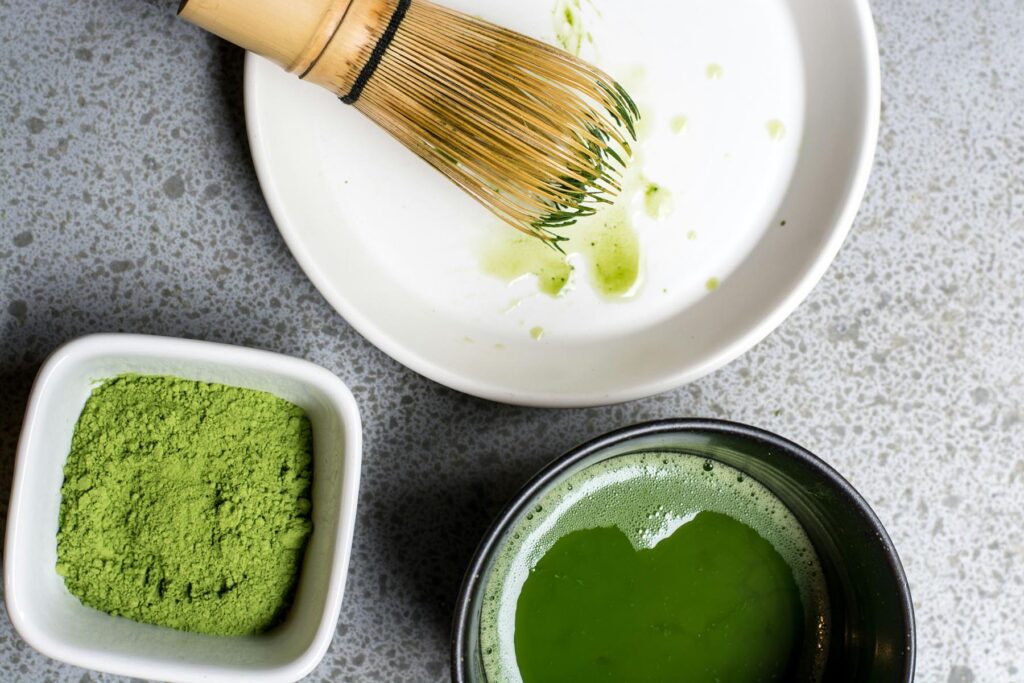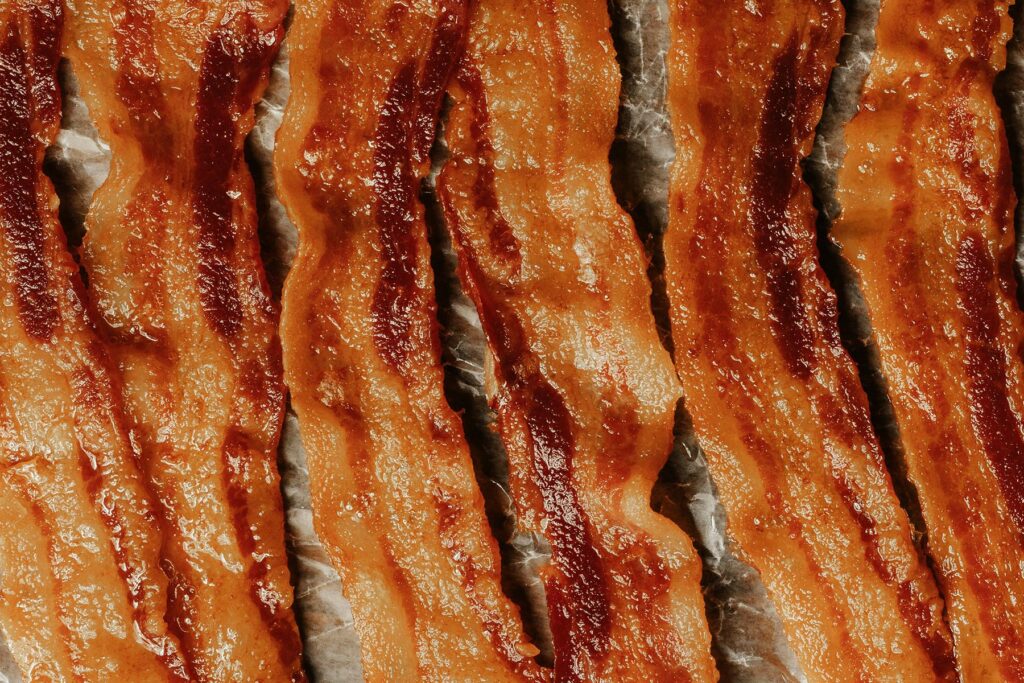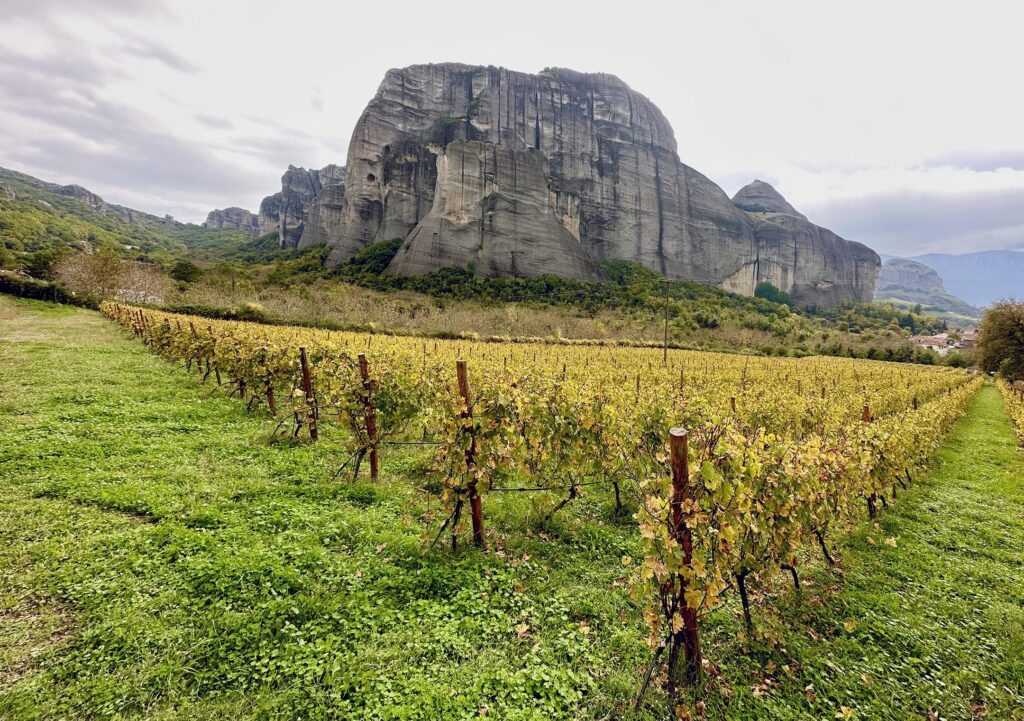
Paella is a traditional Spanish dish that originates from the Valencia region on the eastern coast of Spain. The name “paella” actually refers to the wide, shallow pan used to cook the dish. The dish typically consists of rice, saffron, and a combination of meats such as chicken, rabbit, or seafood (or a combination of proteins), along with various vegetables and seasonings. Paella has become popular worldwide and has many regional variations, but its roots can be traced back to Valencia.
Paella is not just a dish; it represents a cultural symbol and a source of pride for the Valencian people. It is deeply rooted in their traditions, history, and way of life. Paella is often associated with communal gatherings and social events, such as large family parties, festivals, and other celebrations. It is a dish that brings people together and encourages sharing and conviviality. Cooking and serving paella is considered a form of hospitality and a way to strengthen social bonds.
Valencia holds a festival dedicated to paella called “La Tomatina.” During this festival, people engage in a friendly tomato fight, and afterward, a giant paella is prepared and shared among the participants and spectators. This festival highlights the cultural significance of paella as a unifying and celebratory dish.
Paella has also become a symbol of Spanish cuisine internationally. It is often featured in culinary events, showcased in restaurants worldwide, and has become a popular dish among tourists visiting Spain. Paella’s cultural significance extends beyond its origin, and it has become a representative dish of Spanish culture and gastronomy.
How is paella made?
Paella is typically made by following these steps:
- Heat the pan and add oil: The traditional paella pan is wide and shallow with two handles; you will want to heat the pan over medium heat and add olive oil.
- Sauté your selected meat or seafood: Add your choice of meat (such as chorizo, chicken, or rabbit) to the pan and cook until browned. If you use seafood, you will want to add it later in the cooking process to prevent overcooking.
- Add your vegetables: Add chopped onions, bell peppers, and garlic to the pan and sauté them with the meats until softened.
- Incorporate the rice and seasonings: Add short-grain rice (such as Bomba or Calasparra rice) to the pan and stir it to coat the grains with the oil and flavors. Then, add saffron threads, paprika, salt, and any other desired seasonings.
- Pour in the broth: Add a flavorful broth (such as chicken or fish stock) to the pan. The ratio of rice to liquid is usually around 1:2. The broth should cover the rice by about half an inch.
- Arrange the ingredients: At this point, you can arrange any additional ingredients on top of the rice, such as green beans, artichokes, or tomatoes. Some traditional paella recipes include snails as well. This is when you would add your seafood if that is your chosen meat.
- Cook the paella: Increase the heat to bring the broth to a simmer. From this point, avoid stirring the rice to allow it to form a crust on the bottom, called “socarrat.” Let the paella cook uncovered for about 15-20 minutes, then reduce the heat to low and continue cooking until the rice is tender and the liquid has been absorbed. The cooking time may vary depending on the type of rice and the heat source.
- Rest and serve: Once the rice is cooked, remove the paella from the heat and let it rest for a few minutes to allow the flavors to meld together. Garnish with fresh herbs (such as parsley) and serve directly from the pan.
Keep in mind that paella recipes vary significantly from region to region, and the steps above detail what would be considered a more traditional version of paella.
What you ever had paella? Have you ever made it? What are your thoughts on it? Let us know in the comments!



